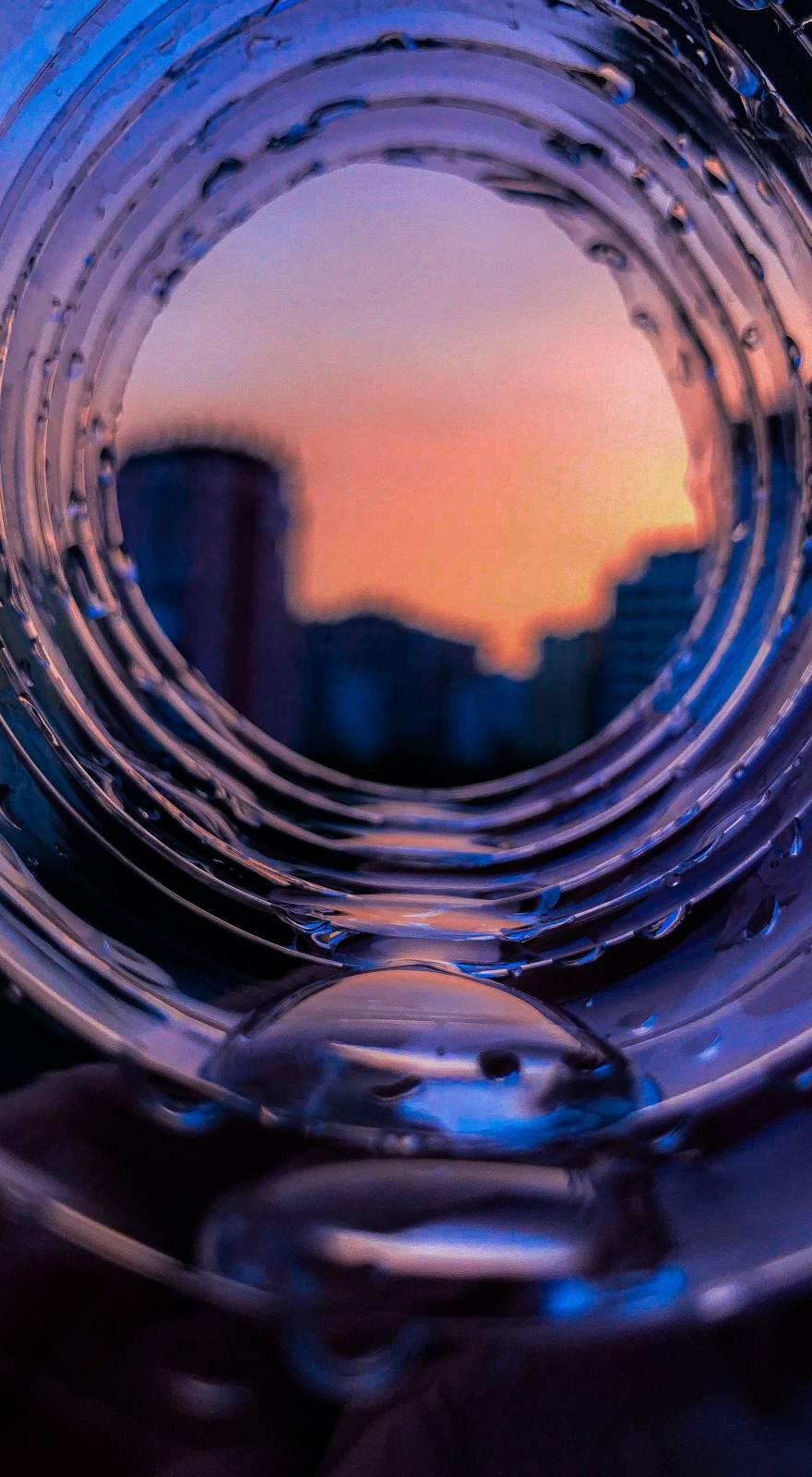Knowde Enhanced TDS
Identification & Functionality
- Chemical Family
- Base Chemicals Functions
- Cleaning Ingredients Functions
- Product Families
- Chemistry
Terpenes are naturally occurring 10-carbon organic molecules manufactured in nature by green plants. They are the raw materials for many of the flavors and fragrances enjoyed by man. Most terpenes are designated GRAS (Generally Recognized As Safe) by the FDA and FEMA (Flavor Extracts Manufacturing Association) and are approved for human consumption in foods

Features & Benefits
- Base Chemicals Features
- HII Features
- Performance Comparison
FloraSolv™ LX311 has a higher non-polar solvency and a broader range of solvency than many other common solvents. Unlike glycol ethers they are predominantly non-polar and therefore have a high affinity for the dissolution of non-polar soils. For this reason it is frequently formulated into cleaning compounds with surfactants, builders, polar co-solvents and occasionally water.
Applications & Uses
- Markets
- Applications
- Applicable Processes
- Base Chemicals End Uses
- Home Care Applications
- I&I Cleaning Applications
- Sources of Terpenes
- The pine tree is the world’s largest commercial source of terpenes. Turpentine, the volatile oil from the tree, is the largest volume essential oil found in nature.
- The second largest source of terpenes is citrus oil (primarily d-limonene from orange oil) which is produced as a by-product of orange juice production. Citrus Terpenes have found use in many industrial and consumer cleaning products worldwide.
- Florachem is an expert at optimizing the effectiveness, availability and economy of solvents and cleaners produced from these other natural resources.
Properties
- Physical Form
- Physical Properties
- Physical Properties Comparison
The Hansen Solubility Parameters of Florasolv LX311 have been estimated using the QSAR functionality found in Version 5.0 of HSPiP. For comparison purposes, they are shown below relative to the parameters generated for Limonene using the same model.
Solvent δd δp δh d-Limonene 16.60 1.69 3.68 FloraSolv LX311 17.41 1.75 3.59
| Value | Units | Test Method / Conditions | |
| Specific Gravity (at 25°C) | 0.87 | — | — |
| Flash Point | 118 | °F | TCC |
| Evaporation Rate (n-BuAc = 1) | 0.2 | — | — |
| Vapor Pressure (at 20°C) | 2 | mmHg | — |
| Surface Tension (at 25°C) | 27 | dynes/cm | — |
| Initial Boiling Point (at 760 mmHg) | 170 | °C | — |
| Freezing Point | max. -80 | °C | — |
| Viscosity (at 25°C) | 1.5 | cps | — |
| Solubility (in water) | max. 0.2 | % | — |
| Non-Volatile Residue (at 105°C) | max. 0.5 | % | — |
| Kauri-Butanol Value | approx. 100 | — | — |
| Resistivity | 2.6 x 106 | Megohms/cm | — |
| Color | max. 30 | — | APHA |
| Dielectric Breakdown | 30 | KV | ASTM D877 |
Regulatory & Compliance
- Certifications & Compliance
- Chemical Inventories
- Regulatory Advantages
- Because FloraSolv™ LX311 is a blend of terpenes, it is non-toxic, biodegradable, and contains no dangerous chemicals or additives.
- FloraSolv™ LX311, for instance, contains no chlorinated components and therefore does not affect the Earth’s ozone layer and is not regulated under the Montreal Protocol. In addition, FloraSolv™ LX311 contains no components that are classified as Hazardous Air Pollutants (HAPS) by the Clean Air Act Amendments.
- Because terpenes are naturally occurring and safe, the EPA has endorsed terpenes as replacements for hazardous solvents like 1,1,1-trichloroethane and CFC-113 under the Significant New Alternatives Policy (SNAP) program.
Safety & Health
- Toxicity
Most terpenes are non-toxic by OSHA standards. Many have been extensively tested by the Flavor Extracts Manufacturers Association (FEMA) and other groups.
Packaging & Availability
- Packaging Type
- Container Suitability
- Terpenes are very aggressive solvents and care must be taken in choosing containers for terpene products. Polyethylene bottles typically do not perform well with terpenes. Although the polyethylene is not weakened, the terpene solvents diffuse through the sides of the container.
- High density polyethylene (HDPE) bottles, which have been fluorinated, may be used.
- Florachem has found that PVC or PET bottles perform well for cleaners containing terpene solvents but they will still show some permeation over long storage periods.
Storage & Handling
- Shelf Life
- 24 Months
- Safe Handling
- Safe Handling of Terpene-Soaked Rags:
It is widely known that oily rags may spontaneously combust when placed in containers. Terpene-soaked rags are no exception. To prevent this, terpene-soaked rags should be washed or submerged in water (a small amount of soap or detergent added will cause the rags to wet more easily).
- Flash Point and Safety:
Most terpene solvents are considered flammable or combustible. However, unlike traditional flammable solvents like MEK and acetone, their flash points are sufficiently high enough to permit safe use in most applications. OSHA regulations require that solvents in artificially heated dip tanks be maintained at a maximum temperature 50°F below their flash points.

